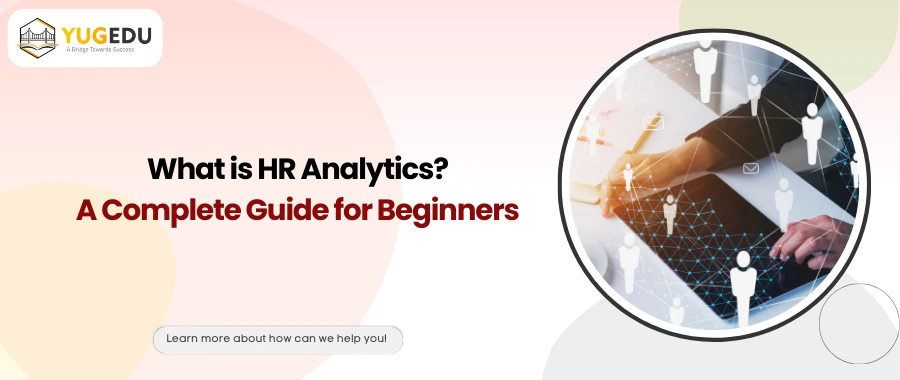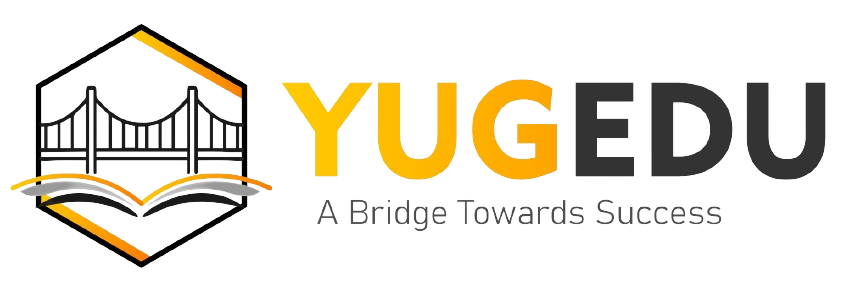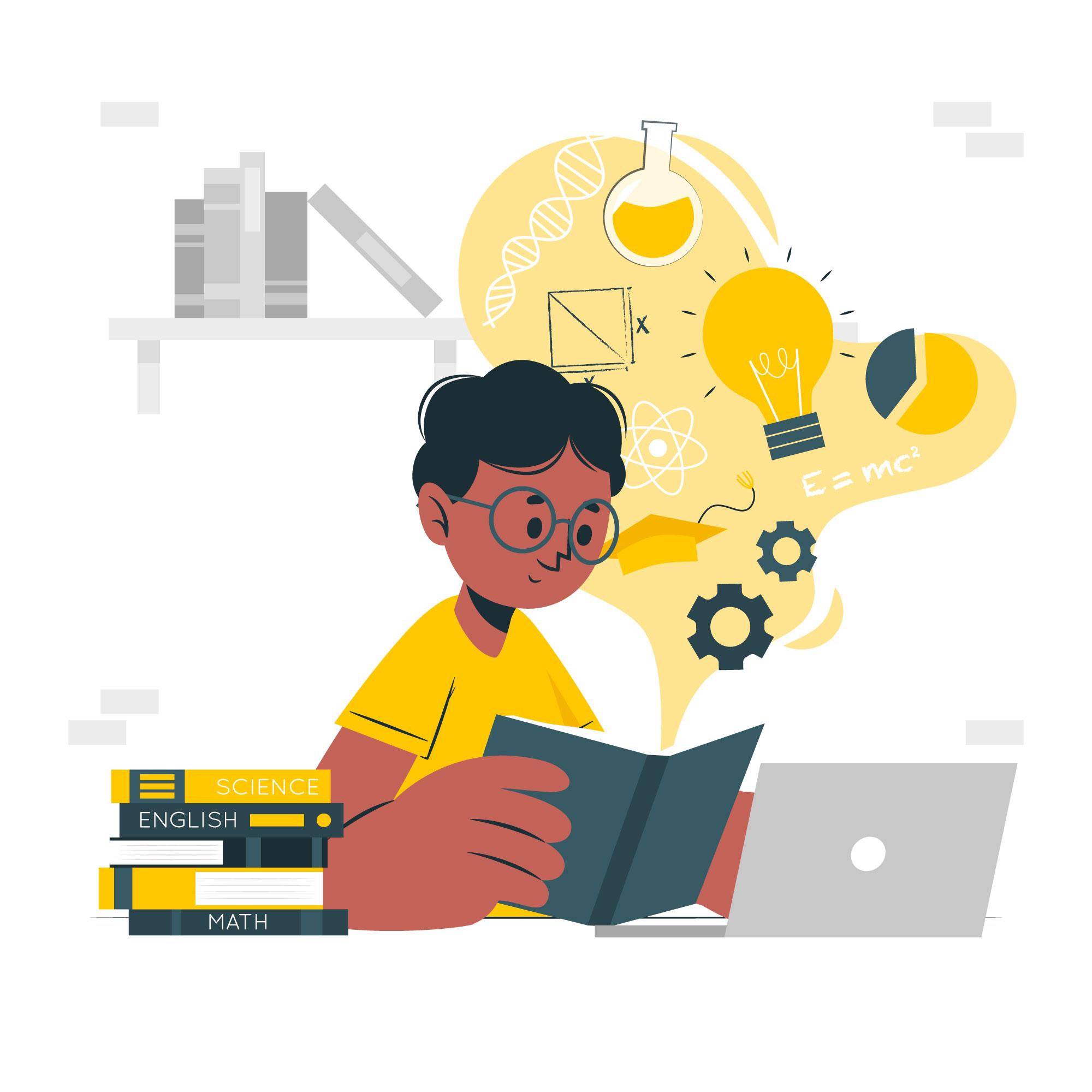
What is HR Analytics? A Complete Guide for Beginners
In today’s fast-paced, data-driven world, businesses are constantly seeking ways to make smarter decisions—and Human Resources (HR) is no exception. HR Analytics, also known as People Analytics or Talent Analytics, is revolutionizing how organizations manage their workforce. It’s the process of collecting, analyzing, and interpreting data related to people, helping businesses make informed decisions about recruitment, employee engagement, performance, and more. Instead of relying solely on intuition and traditional HR practices, HR Analytics leverages data to uncover insights that drive strategic business outcomes.
Whether it’s predicting employee turnover, optimizing hiring processes, or measuring the effectiveness of training programs, HR Analytics empowers organizations to create a more productive, engaged, and satisfied workforce. In this blog, we’ll explore what HR Analytics is, why it’s becoming essential in the modern workplace, the skills you need to succeed in this field, and how it’s shaping the future of HR
What is HR Analytics?
HR Analytics is the process of collecting, analyzing, and interpreting data related to human resources to make informed decisions. It helps organizations understand workforce trends, improve employee performance, and enhance overall organizational effectiveness.
Unlike traditional HR, which relies heavily on intuition and experience, HR Analytics uses data to solve workforce-related issues like:
- Employee turnover
- Recruitment efficiency
- Employee engagement
- Performance management
Why HR Analytics is Becoming Essential
In today’s competitive business landscape, companies need to make strategic decisions backed by data. Here’s why HR Analytics is crucial:
- Data-Driven Decision Making: Moves HR from guesswork to evidence-based strategies.
- Improved Talent Management: Helps identify high-potential employees, predict turnover, and optimize recruitment processes.
- Enhanced Employee Engagement: Provides insights into factors affecting employee satisfaction and productivity.
- Cost Efficiency: Identifies areas to reduce costs, such as minimizing turnover and improving hiring strategies.
Core Components of HR Analytics
- Data Collection: Gathering data from HR systems, employee surveys, performance metrics, etc.
- Data Analysis: Using statistical tools to identify trends, patterns, and insights.
- Insights Generation: Interpreting data to support strategic HR decisions.
- Decision Making: Applying insights to improve HR practices and business outcomes.
Why HR Analytics is the Future of HR
Companies are increasingly viewing HR as a strategic business function, not just an administrative one. In fact, a 2023 report by SHRM revealed that 76% of HR professionals believe that effective HR Analytics is critical for achieving business objectives.
Key Trends Shaping the Future of HR Analytics:
- AI and Machine Learning: For predictive analytics and automation.
- Employee Experience Analytics: Understanding what drives engagement and satisfaction.
- Diversity, Equity, and Inclusion (DEI) Analytics: Measuring and improving DEI efforts.
- Workforce Planning Analytics: Predicting future hiring needs and skill gaps.
Skills Needed to Succeed in HR Analytics
To thrive in HR Analytics, you need a blend of technical and soft skills:
- Data Analysis Skills: Proficiency in tools like Excel, SQL, Tableau, Power BI, etc.
- Statistical Knowledge: Understanding statistical models and data interpretation.
- Problem-Solving Abilities: Using data to address HR challenges.
- Communication Skills: Presenting complex data insights clearly.
- Tech-Savviness: Familiarity with HR software and analytics platforms.
How HR Analytics Works in Practice
- Data Collection: From HR systems, employee feedback, performance reviews, etc.
- Data Processing: Cleaning and organizing data for analysis.
- Analysis Tools: Using software like Excel, Tableau, Power BI, or specialized HR platforms.
- Insights & Reporting: Visualizing data through dashboards to support decision-making.
The Impact of AI in HR Analytics
AI is revolutionizing HR Analytics by:
- Automating Data Collection: Reducing manual effort and errors.
- Predictive Analytics: Forecasting trends like employee attrition and hiring needs.
- Bias Reduction: Ensuring fair and unbiased hiring decisions.
- Real-Time Insights: Providing instant data-driven recommendations.
Other HR Departments
Here are the key HR departments within an organization:
Conclusion
HR Analytics is not just a buzzword—it’s a strategic tool that can transform how organizations manage their workforce. By leveraging data effectively, businesses can create more engaged, productive, and satisfied teams.
If you’re an HR professional looking to upskill or a business leader aiming to make smarter decisions, understanding HR Analytics is the key to driving business success in the data-driven age.





